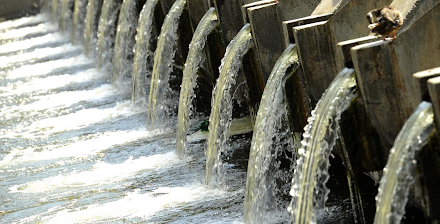Your home’s sewer system is a crucial part of keeping your house functioning properly. Without a working sewer, your toilet would have nowhere to flush, your sink would have nowhere to drain, and your tub would have nowhere to empty. Luckily, we have sewer systems to make sure we can enjoy the conveniences of modern plumbing while staying safe from sewage gases and water damage. Occasionally, though, sewer systems can experience problems that require help from an expert. It’s important to be aware of common sewer problems so that you know when to call for help before the problem becomes even more damaging and costly.
1. Fatbergs and Clogs
Every time grease is poured down the drain, it contributes to something called a fatberg. A fatberg is a collection of fats, oils, greases, hair, and other substances that have clumped together to create a huge clog. Large fatbergs take crews of sewer professionals to get rid of and can be dangerous. Most of the time, homes experience smaller clogs due to these substances that lead to backups. Backups are dangerous because they can cause water damage, emit harmful sewage gases, and can contribute to mold growth. Clogs and fatbergs are avoidable, but they are easy to create if you are not careful.
2. Tree Roots
Over time, tree roots grow many feet away from the base of the tree they are part of in search of water and nutrients. Tree roots are strong and are able to wear away at underground pipes until they succeed in penetrating through to soak up the water that flows there. Tree roots not only damage your sewer pipes but they create a blockage that can cause backups into your home. If you are not interested in spending time and money on a basement remodel and completely repiping your sewer, it behooves you to get your sewer line inspected every so often to catch any tree root issues before they become catastrophic.
3. Corrosion
Older pipes are made out of cast iron or clay and are susceptible to corrosion. If your pipes corrode, they can leak and even completely collapse. Collapsed pipes will cause backups and sewage leaks into your yard. This can cause an offensive stench to permeate your property, not to mention potential water damage to your home.
4. Cracked Pipes
Clay pipes can crack in cold weather or due to age. It’s not uncommon for there to be hairline cracks in your old pipes, and they may not cause issues, especially if they are on the top or the side of the pipe. That’s because thin hairline cracks in those places don’t interfere with water flow. If the cracks are on the bottom of the pipe, water can leak into your property. Therefore, for a crack on the bottom of the pipe, you may want to consider getting your pipe lined.
With regular inspections, you will be able to prevent or catch any of these common sewer problems before they become major issues. Our experts at A&L Cesspool will be able to advise you on the best course of action should you encounter problems with your sewer pipes.









